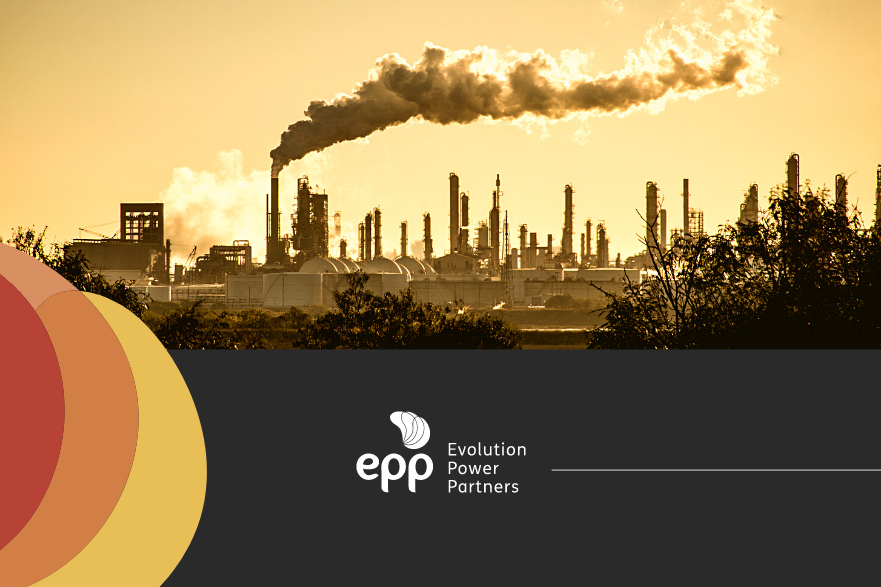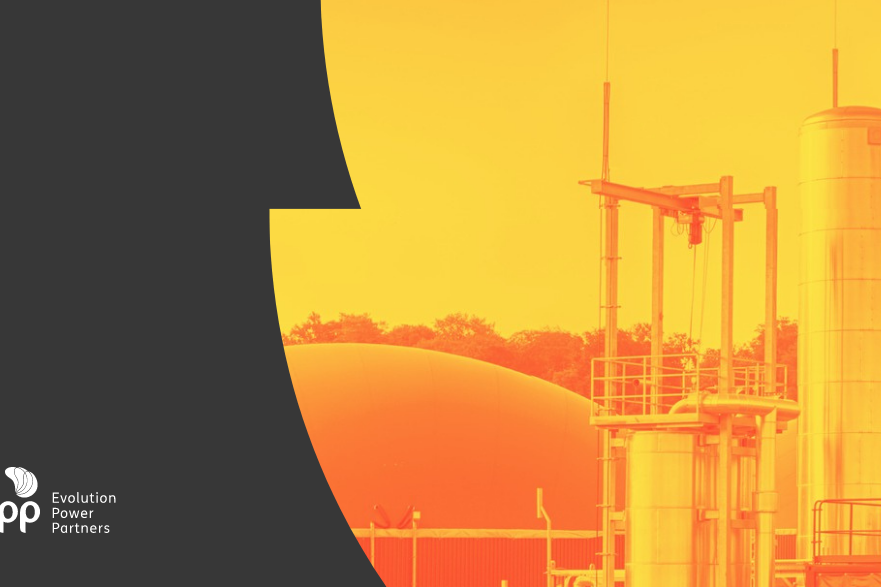Sustainable mobility should be promoted by renewable and accessible sources. Understand the importance of biomethane and its development in Brazil.
The urgency to reduce greenhouse gas (GHG) emissions has brought to the forefront a term that is increasingly used and put into practice: the energy transition.
The energy transition is a process in which there is a change in the main sources of energy in the matrix. Currently, global energy matrices are dominated by fossil fuels such as coal and oil. Thus, the transition proposes significant changes in the way energy is produced, distributed, and consumed, bringing technology and more sustainable models to be implemented.
In this context, landfill biogas emerges as a sustainable option, not only for energy generation but also for the use of biomethane—a product derived from biogas—that helps promote sustainable mobility.
Renewable energy and sustainable mobility
Currently, the transport sector is responsible for 24% of CO2 emissions, the main contributor to global warming. To limit this warming to 1.5 degrees Celsius, emissions must be cut by 90% by 2050. Thus, biomethane and mobility are converging themes, as this gas derived from biogas production can replace fossil fuels, being an option to power cars, buses, and even tractors.
Biomethane is a gas extracted from decomposing organic matter, becoming a bet for making the transport sector more sustainable and economical. The technology allows extraction with biodigesters and can come from sewage, garbage, food scraps, and agricultural waste. Besides being 100% renewable, the revamped version of biogas has a cost 56% lower than diesel, the fuel used for truck transportation.
Another positive point is that biomethane produced in landfills also aids in the proper disposal of urban solid waste (USW), solving another problem of large cities, which is the disposal and management of waste produced by the population.
The use of biomethane in automobiles in Brazil
The use of gas as fuel is already established in the European market. Sweden was a pioneer in the implementation of the technology and currently, 90% of its vehicle gas network consists of biomethane.
In Brazil, biomethane has great potential to grow and become a viable and accessible source for the transport sector. In the country, this gas can be used in any model equipped with the Natural Vehicle Gas kit, following the general regulations formulated by the National Agency of Petroleum, Natural Gas, and Biofuels (ANP). The fuel is in the testing phase and is expected to develop, with some companies leading this type of investment, using the gas in their vehicles.
The São Paulo State Sanitation Company (Sabesp) was the first to produce biomethane exclusively from sludge from sewage treatment. In this process, impurities are removed from the biogas, transforming biomethane into a gas that is 96% pure, to meet the required regulations for use in automobiles.
The ANP is also developing specific standards for biomethane from landfills. This model is expected to grow in the coming years, as it results in savings and environmental benefits.
Future perspectives
Even though biomethane has been regulated by the ANP since 2015 in the country, the initiative is still relatively new in the market and still needs support to be effectively viable on a large scale, as there are currently few biomethane plants installed in Brazil.
According to the Brazilian Biogas and Biomethane Association (ABiogás), the potential for biomethane in Brazil is very high. The country’s territory is favorable for biogas production, hence biomethane. The study developed by ABiogás—Panorama of Biogas in Brazil—showed that Brazil has the capacity to be the largest biogas producer in the world. In 2022, biogas production in Brazil grew by 21.3%, reaching 2.8 billion cubic meters.
Therefore, Brazil has a great future perspective for this source. It is up to the government and companies to invest and develop this model so that it can be available to the end consumer.





